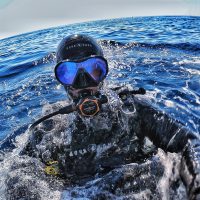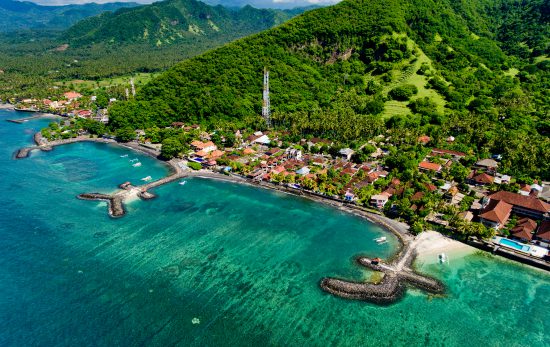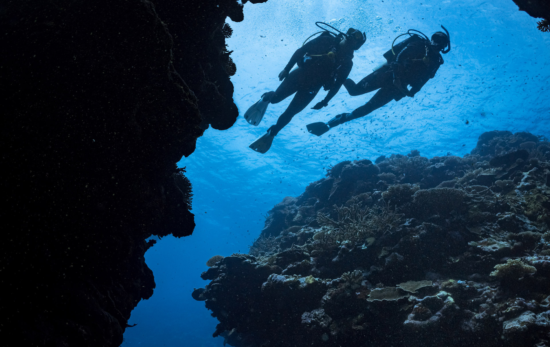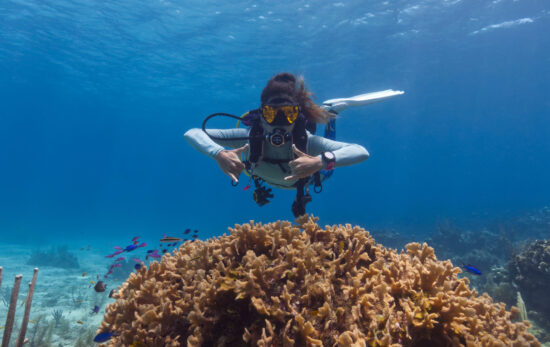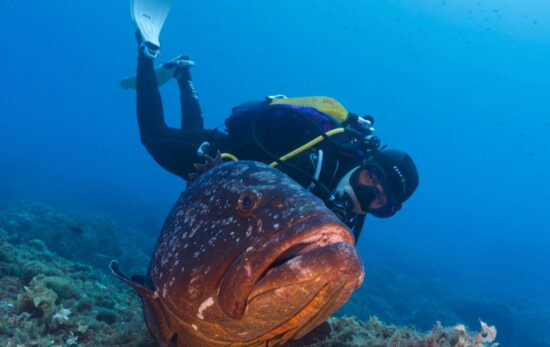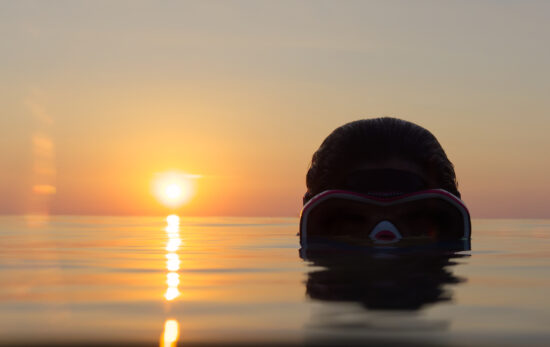I recently had the incredible opportunity to visit and experience the marine life of Patagonia and am overjoyed by the chance to share my story on the PADI blog.
The two locations I visited were:
Puerto Madryn
In Argentina, is a major wildlife destination for South America. This mid-sized town, located in the province of Chubut, is a part of Patagonia.
Valdes Peninsula
A UNESCO site of global significance for the conservation of marine animals in Patagonia, Península Valdés is home to an important breeding population of the endangered southern right whale as well as breeding grounds for southern elephant seals and southern sea lions.
Jacques Yves Cousteau, Philippe Cousteau & Calypso crew visited this area in 1972, on their way to Antarctica. This amazing journey is depicted in their 1976 Documentary ‘Voyage to the end of the world’.
I wholeheartedly recommend adding it to your scuba diving destinations. Read on to find out why, and about the marine life of Patagonia…
Sea lions
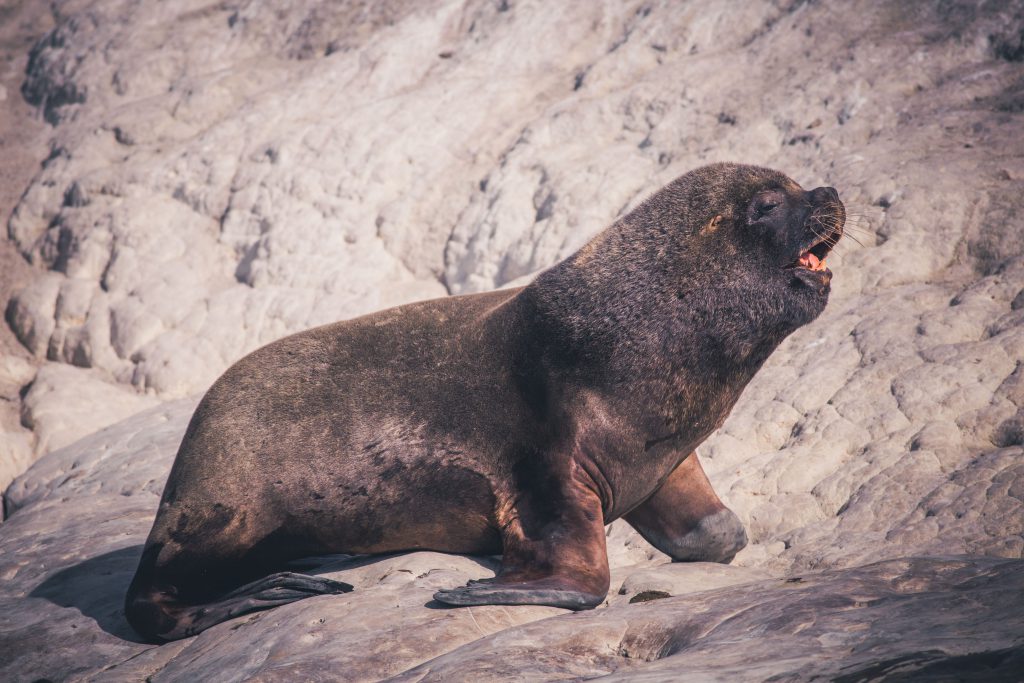
Scuba diving and snorkelling with single-furred sea lions at the natural reserve of Punta Loma, Puerto Madryn, is a MUST DO if you visit this city. A stable population of around 600 single-furred sea lions live at Punta Loma all year long.
Southern sea lions were heavily hunted for oil and skins on this area, legally until 1953 and illegally into the 1970s. The future is unsure for many species of sea lions. Environmental concerns continue to cause problems for them, even with conservation efforts in place there is still a great deal of work to be done if these animals are going to survive.
Luckily, the populations in Punta Loma have responded well to conservation measures and the present population size in the area is estimated at around 30,000 individuals.
There are actually seven species of Sea Lions in the world, but people tend to lump them all into one category. The species found here is the Patagonian sea lion, locally known as the South American sea lion. Fully grown males are twice the weight of the females with a patch of short hair around their large heads, similar to a lion’s mane.
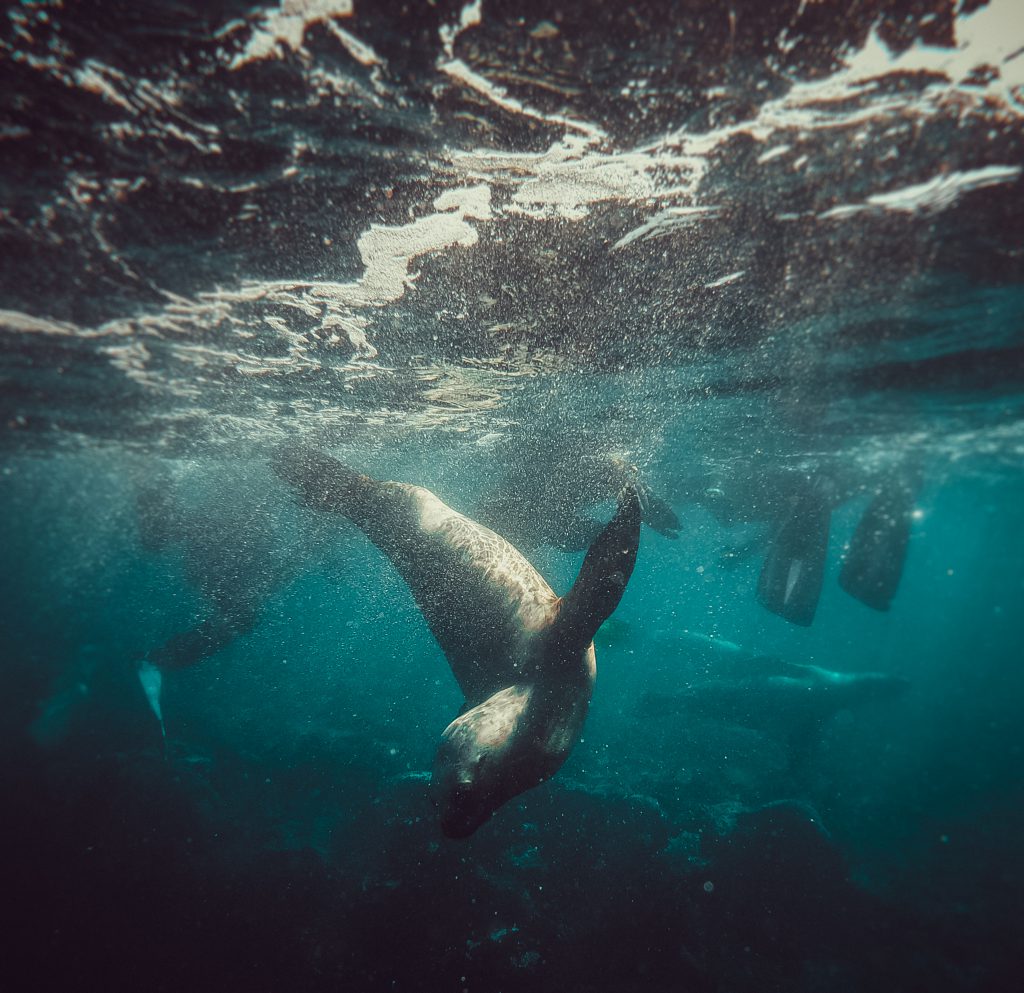
Generally, it’s pups and females that curiously interact with divers. Males often stay on the shore. Every now and then, however, you do see a young male getting in between you and all females. It’s amazing watching them blow bubbles from their nose, somehow trying to say ‘watch out, I’m here’. Reminding you that when you scuba dive, you are in their territory.
This is certainly a must-do experience for scuba divers! Search for local dive shops online here.
Some dive shops here even offer a Patagonia Sea Lion Specialty, where you learn about the morphology, behavior and interactions before diving in!
Southern right whales
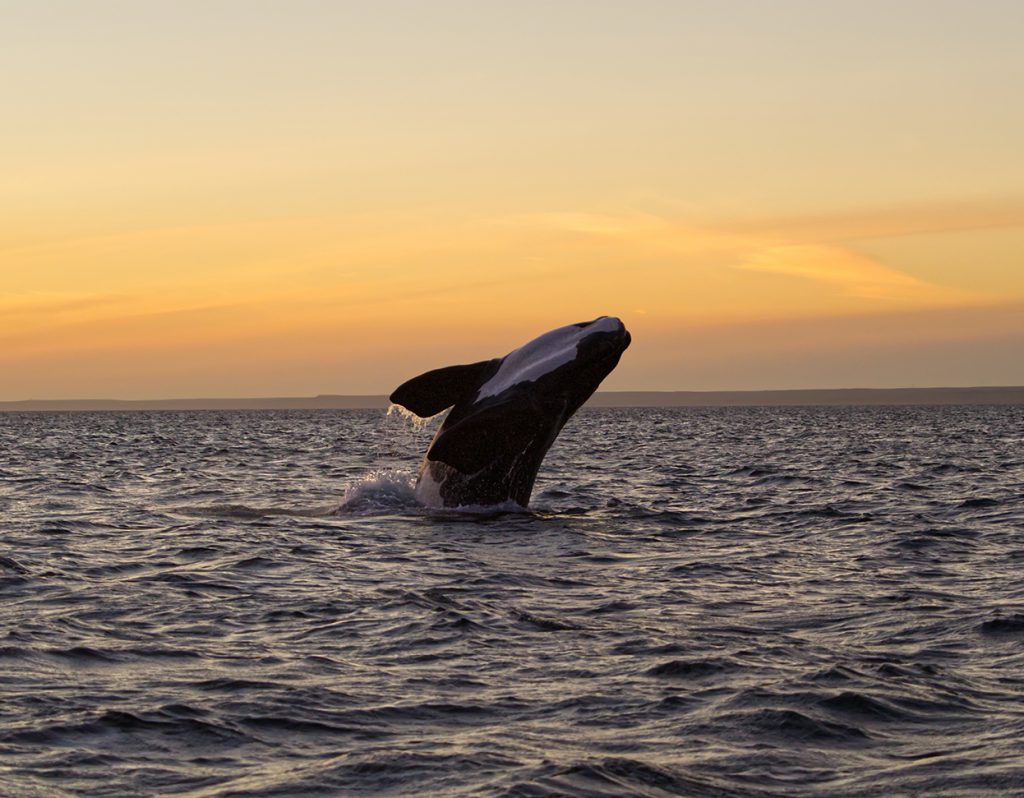
Growing up to 16 meters in length and weighing up to 60 tons, the southern right whale is the most abundant of the world’s three species of right whale. Unlike the North Atlantic and North Pacific right whales (both endangered), southern rights have managed to rebound from centuries of commercial whaling.
Of the estimated total population of southern right whales found throughout the entire Southern Hemisphere, around one third use the protected bays of Peninsula Valdes as a breeding and calving habitat between the months of June and December.
Diving and freediving is prohibited with whales here due to strict protection policies, unless you obtain a special permit.
Nevertheless, there is still a way to see these magnificent creatures from the surface; whale watching! Do you want to watch a calf jumping in the air during sunset? No problem, there are over 2000 whales in the area from August to the end of October.
I believe that whale watching has become a true conservation story that turned the fate of, perhaps, the most amazing animals in the world. As I read on a sign in Puerto Pyramids:
‘In the 1800s, thousands of voyages with tens of thousands of men, hunted hundreds of thousands of whales, by travelling millions of miles, for tens of millions of gallons of oil, for hundreds of millions in profits. Today, whale-watching is a multi-billion dollar global industry.’
Elephant seals
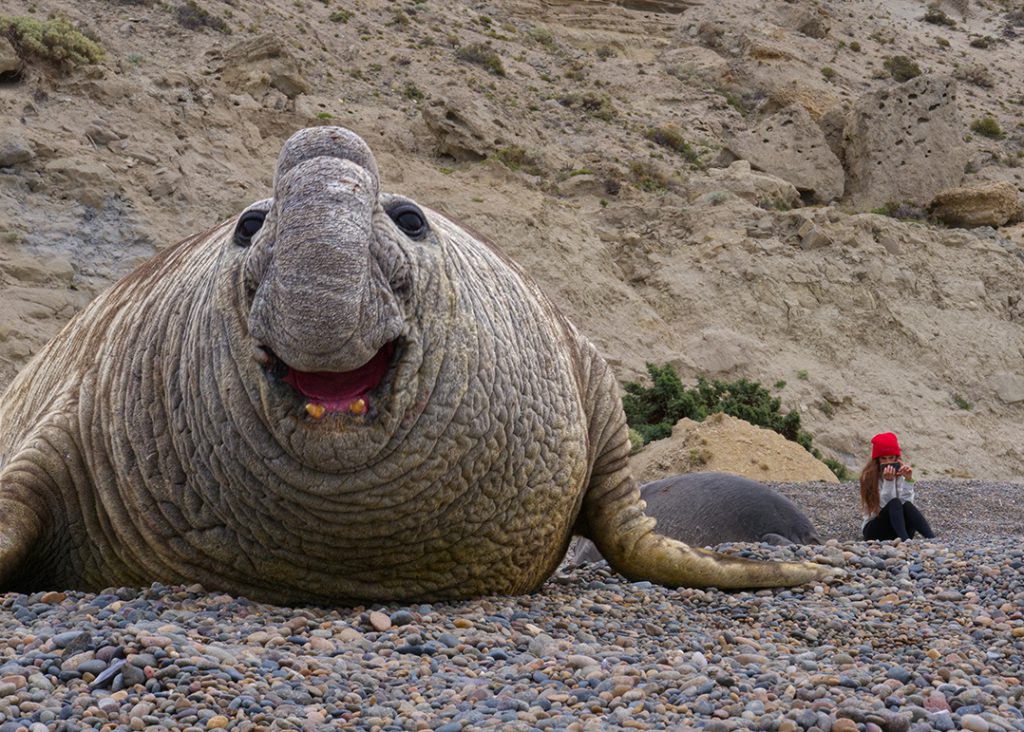
In Patagonia you will find the southern elephants seals – the largest of all seals! Males can be over 6 meters (20 feet) long and weigh up to 4 tonnes (8,850 pounds). These massive pinnipeds aren’t called elephant seals because of their size – they take their name from their trunk-like inflatable snouts.
When breeding season arrives, male elephant seals define and defend territories, collecting a harem of 40 to 50 females, which are much smaller than their enormous mates.
Diving with elephant seals is such an experience. We had the amazing chance to be present when a four tons male chased different females for about 2 hours. He finally managed to copulate with one of them, right in front of our astonished eyes!
Magellan penguins
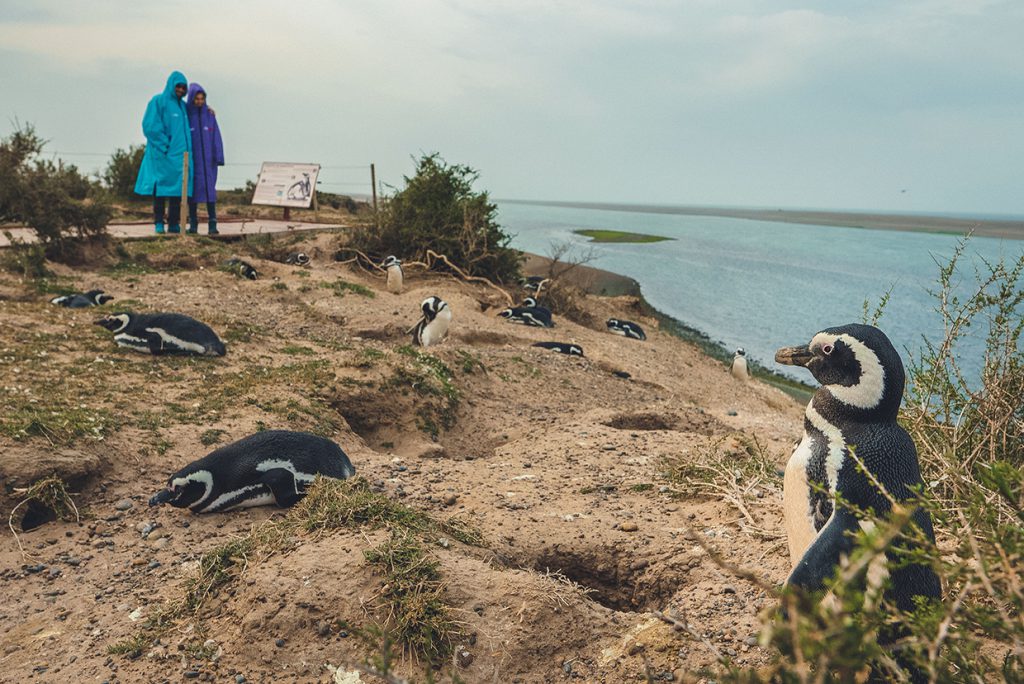
We also spent several afternoons with cute magellanic penguins, which are named after the explorer Ferdinand Magellan whose crew spotted them in the year 1520.
Magellanic penguins gather in huge nesting colonies during the breeding season along the coasts of the Falkland Islands, the south end of Chile, and Argentina.
These colonies can number as high as 400,000 individuals, and believe me, I saw several thousands of penguins! In some areas there are fences you cannot cross, but in some other areas like Punta Ninfas, you are allowed to walk through their colonies whilst under the watchful eye of a local guide.
The penguins begin arriving and mating in September, right at the time we were there. Egg laying begins in October.
Magellanic penguins live an average of 25 years in the wild, although currently oil spills washing up along the coast of Argentina are the biggest threat to the local populations.
A diver’s duty
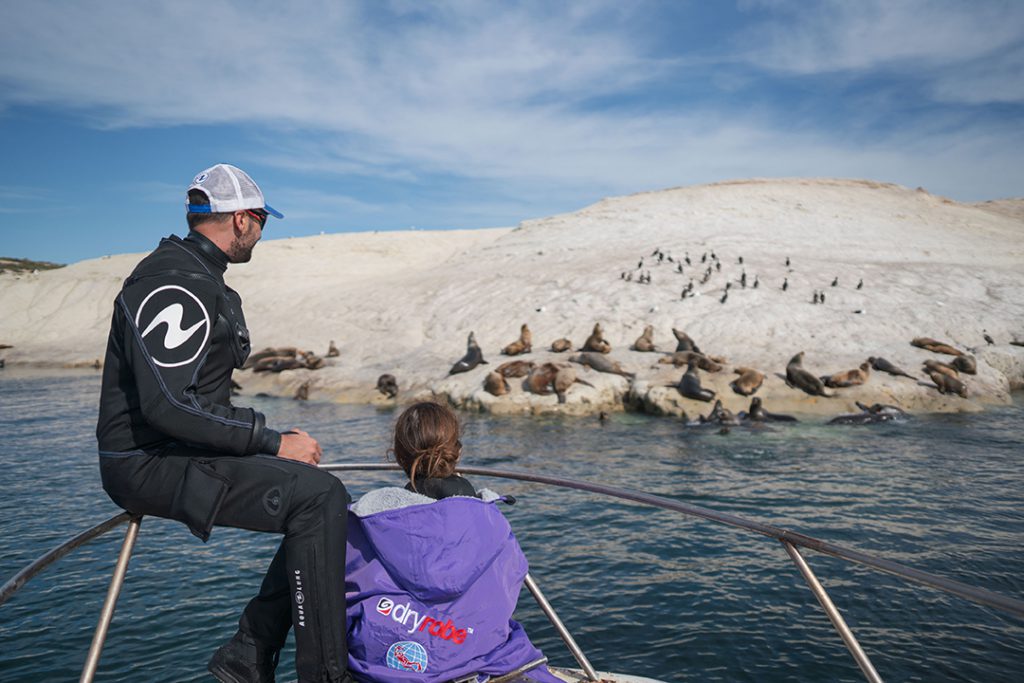
I mean it. I’m really asking, what are our duties as scuba divers? I leave this answer open to everyone’s opinion. My humble view is that in today’s threatened world, it’s our duty to become ocean stewards.
I always use this quote; ‘You don’t love what you don’t know’. We as scuba divers, came to love the ocean in particular because we know it so well.
This area in Patagonia has astonishing biodiversity and is protected by UNESCO. So I say, you must visit it to enjoy nature at its best, then learn how to protect it. You can learn more about local conservation efforts here.
I feel proud to belong to the PADI community, that cares for the oceans and all the creatures that live within it. Above all, I’m thankful to PADI for having created the community where you and I belong.
If you visit Patagonia, let me know your feelings! Safe dives and see you soon, underwater.
Getting to Puerto Madryn
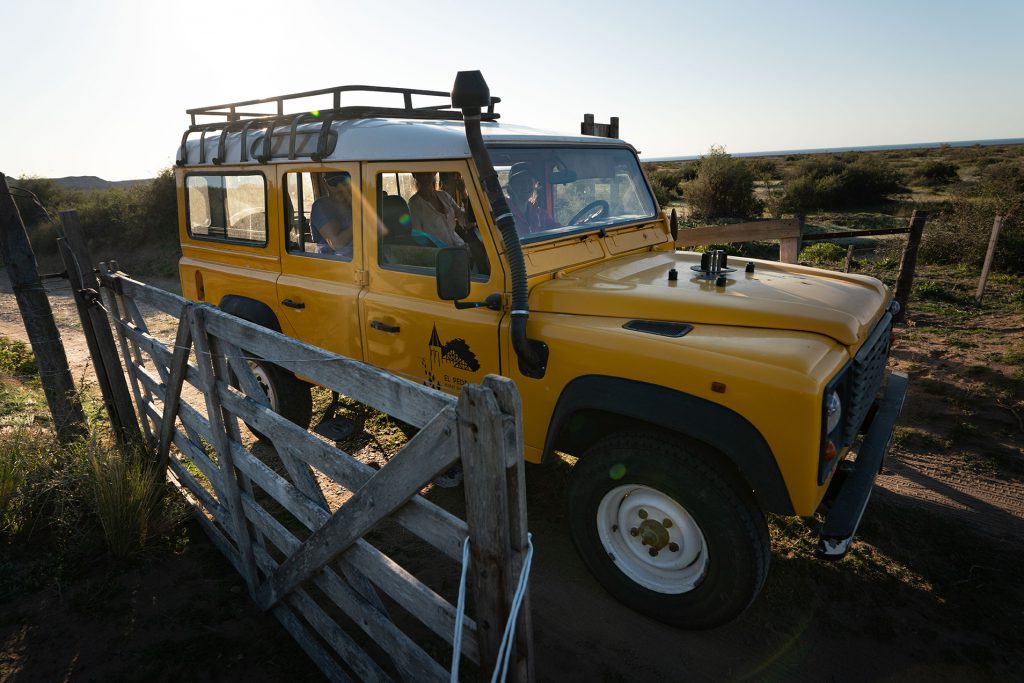
You can reach Puerto Madryn by plane, bus or car
Flights
The city of Trelew (60km for Madryn) has a modern airport, with regular flights from several companies in Argentina. The airport at Puerto Madryn is smaller, with fewer flights.
Car
For those travelling by car, take the national route No. 3 from the North of the country. In the Provence of Chubut this route goes very near the coast, and allows fast and easy access to the different beaches and villages.
Special thanks to : my PADI scuba buddy & partner in crime Alana Alvarez, photographer Pablo Betancourt, Cecilia Ghigo & Marcelo Gutierrez Corra from Lobo Larsen, Sharilyn Amy & Marcelo Battilana from Oceano Patagonia, Julitte Decre & Silvina Garozino from El Pedral, Romina and Miguel Bottazzi from Bottazi Whale watching.
